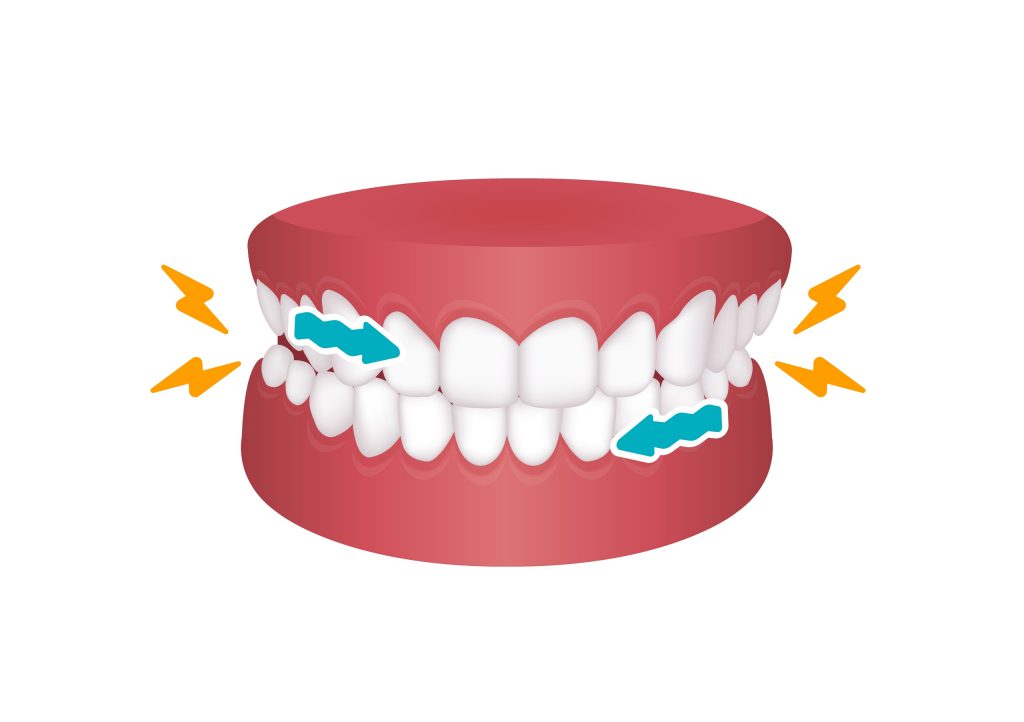Prof. Rudolf Slavicek Books

The Masticatory Organ
This work presents the structures of the masticatory organ as a symbol of evolutionary adaptation, through dramatic changes in posture and function. It is essential for the odontologists to realize that the trivialization of detailed knowledge, especially occlusion, as currently attempted by some scientific “trend-setters”, can have dramatic consequences. In an additional chapter, Professor S. Sato, as a guest author, offers a hypothesis pertaining to the links between growth and direction of growth of the skull, considering the flexible dynamic deformationscaused by functional influences.
Concepts in Oral Medicine (standard work in 3 parts)
These books are the logical continuation and actualization of the book “The Masticatory Organ”.
Relationship between Occlusion and Temporomandibular Disorders
The succession of hominids about 5 or 6 million years ago led to continuous development that culminated in Homo. The first Homo, that was known by the basic designation of Homo habilis, appeared about 2 million years ago. Some reasons for anthropogenesis include posture, speech, brain development,and social behavior. The decisive step in evolution occurred when the new phase of linguistic communication emerged-i.e., descriptive language. In a discussion between a Nobel prize winner and one of the greatest philosophers of the twentieth century, namely Konrad Lorenz and Karl Raimund Popper, the following statement emerged: “Brain is language, and language is brain.” Popper took things farther, claiming that brain is speech, and speech is brain, and that man created himself by descriptive speech. Indeed, the brain was developed with drastic speed, and the evolution culminated in Homo sapiens. The masticatory organ and occlusion are at the center of this link to the development of the brain, because linguistic communication occurred through this new function…
PMID: 21195270
DOI: 10.1016/j.ajodo.2010.11.011

Bruxism – A Function of the Masticatory Organ to Cope with Stress

Bruxism is generally defined as a parafunctional clenching and grinding action between the upper and lower teeth. During this activity, extremely strong forces can be applied for time periods exceeding those of functional mastication. These biomechanical loads create many dental problems, such as abfractions, hypersensitivity, periodontal distraction, and temporo-mandibular dysfunction. Researchers, who are studying Bruxism, have long discussed psychic stress and emotional tension. It has also been indicated that an aggressive biting is associated with a significant attenuation of the stress-induced increase of nor-adrenalin turnover in the brain, of the striatal DOPAC contents and with the prevention of stomach ulcer formation in experimental animals. The concept of stress management based on the psychological background of Bruxism and the benefits attributable to masticatory muscle activity in attenuating stress-related symptoms such as stomach ulcer. The clenching and bruxing function of the masticatory organ is an emergency exit during periods of psychic overloading. Therefore, occlusion of the masticatory organ contributes significantly to an individual’s ability to manage stress. Bruxism in proper dentition can be recognized as alsystem prophylaxis for all stressrelated diseases.
PMID: 15675433
DOI: 10.1007/s10354-004-0129-1
